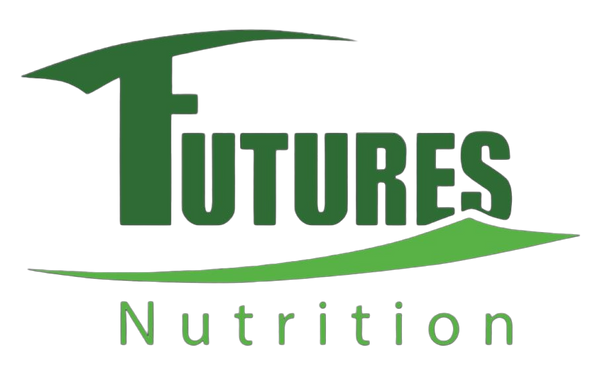Vitamina D di ottima qualità. Consiglio questo prodotto.
Collection: Vitamin D3 50000 IU 90 capsules
-
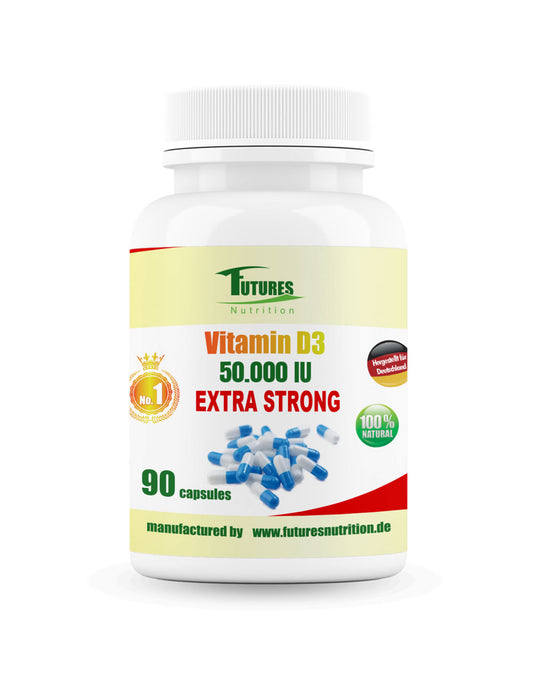
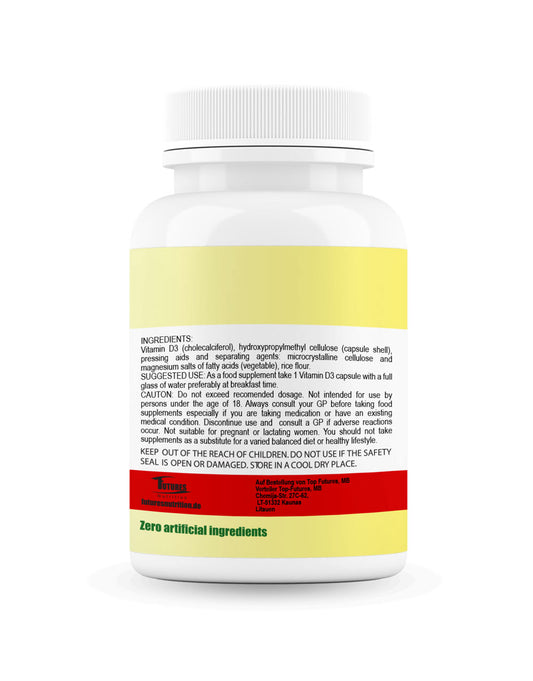 Sold out
Sold outVitamin D3 50000i.e
Regular price €0,00Regular priceUnit price / per -
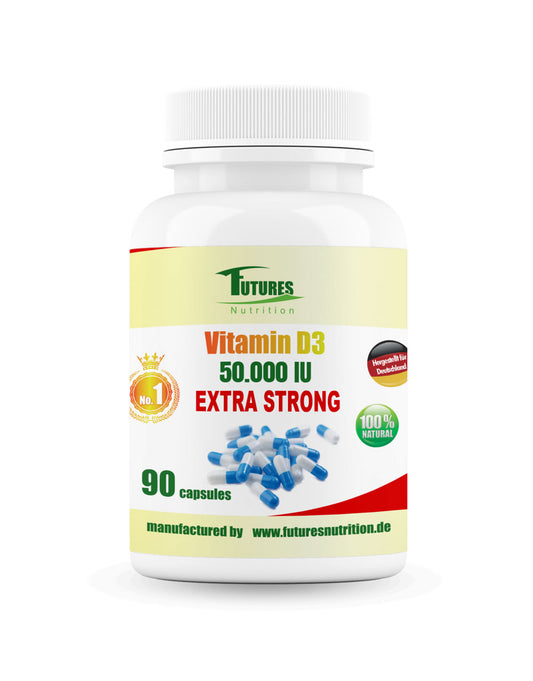
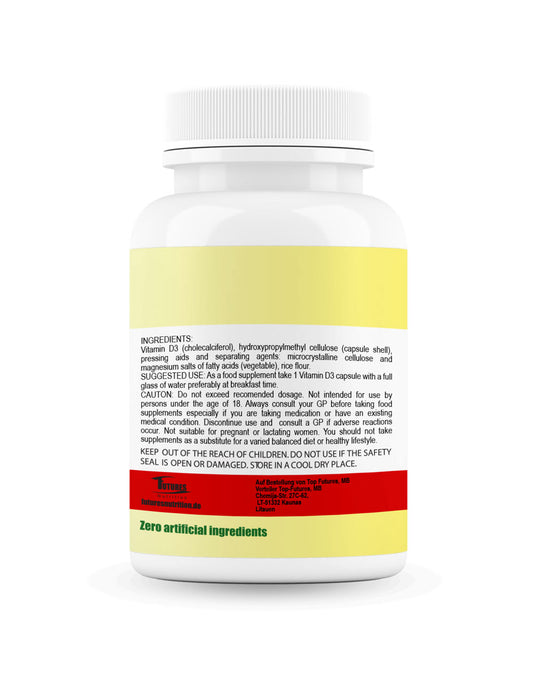 Sold out
Sold out2 x vitamin D3 50000i.e
Regular price €0,00Regular priceUnit price / per€23,99Sale price €0,00Sold out -
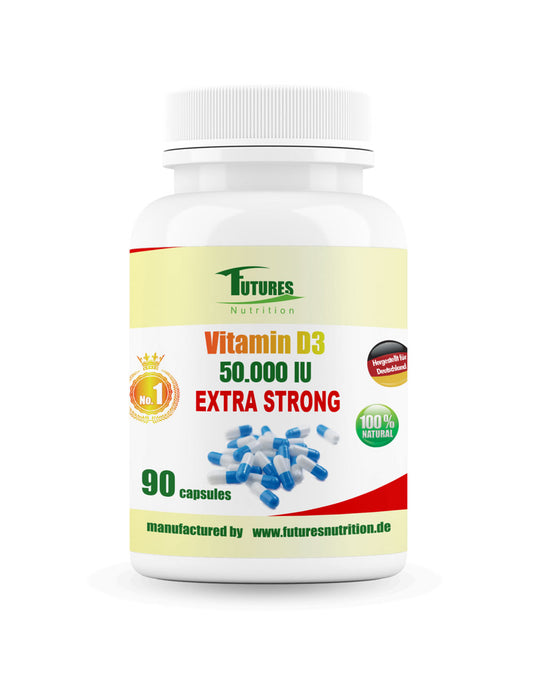
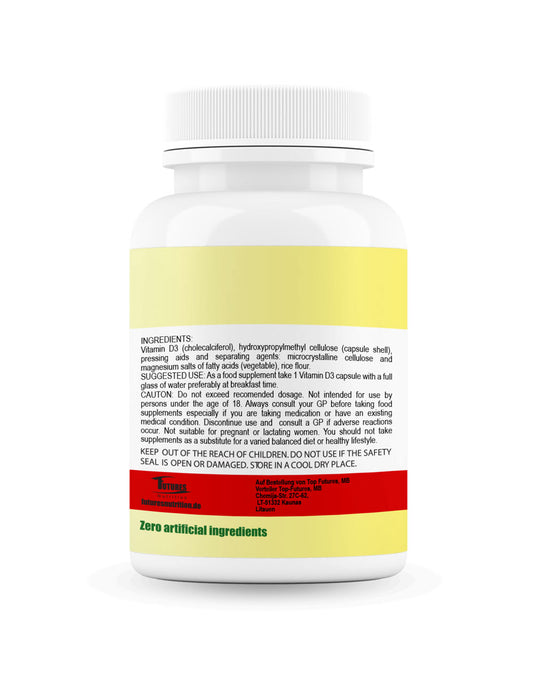 Sold out
Sold out3 x vitamin D3 50000i.e
Regular price €0,00Regular priceUnit price / per€0,00Sale price €0,00Sold out -
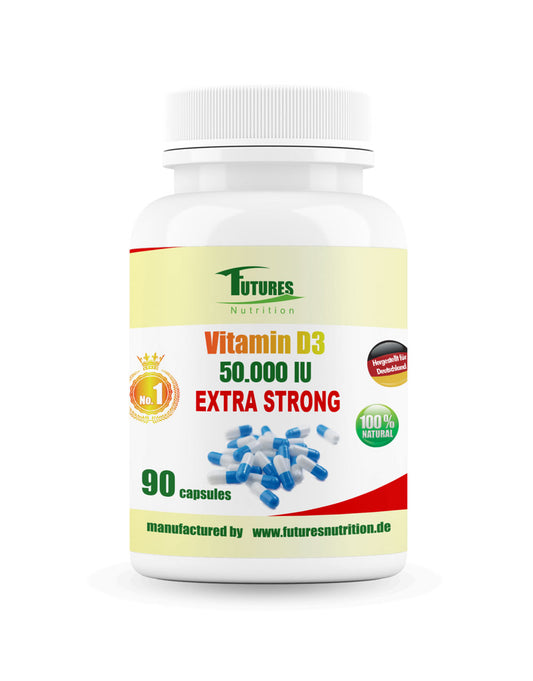
 Sold out
Sold out5 x Vitamin D3 50000i.e
Regular price €0,00Regular priceUnit price / per€46,99Sale price €0,00Sold out -
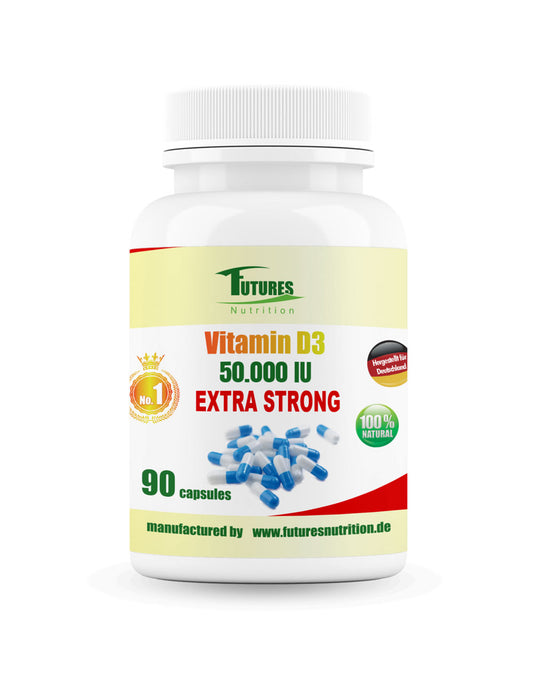
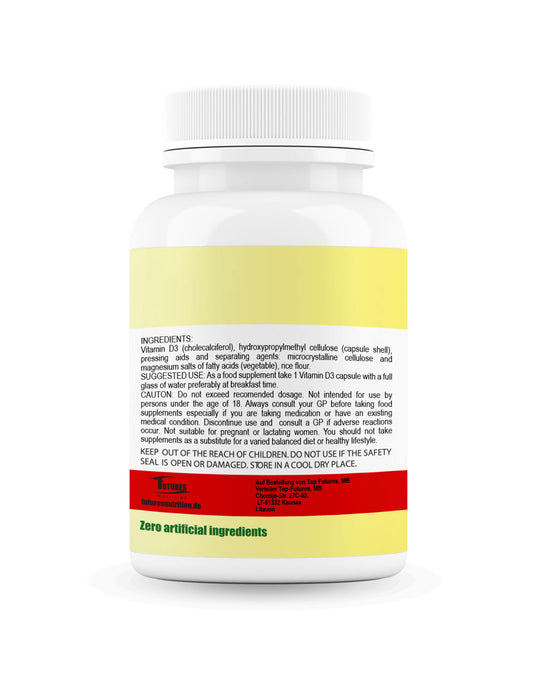 Sold out
Sold out10 x vitamin D3 50000i.e
Regular price €0,00Regular priceUnit price / per€89,48Sale price €0,00Sold out -
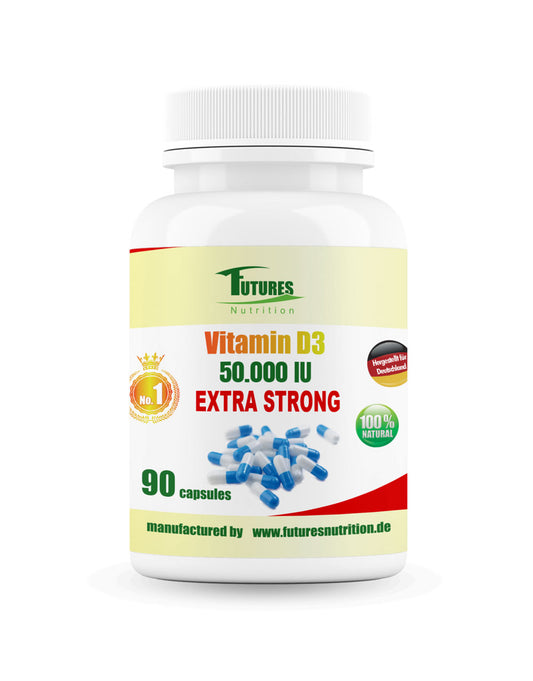
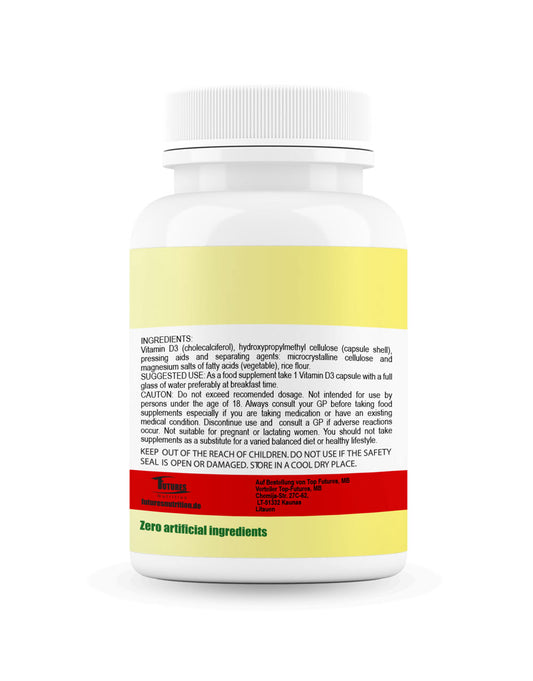 Sold out
Sold out50 x vitamin D3 50000i.e
Regular price €0,00Regular priceUnit price / per€395,98Sale price €0,00Sold out -
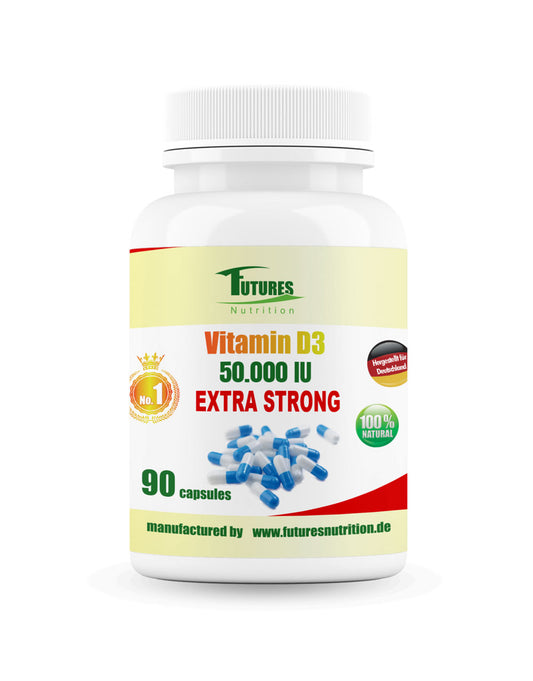
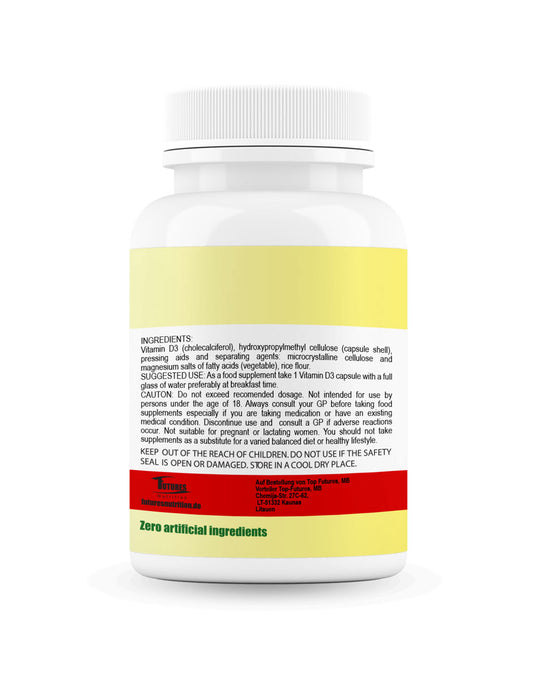 Sold out
Sold out100 x Vitamin D3 50000i.e
Regular price €0,00Regular priceUnit price / per€699,98Sale price €0,00Sold out
